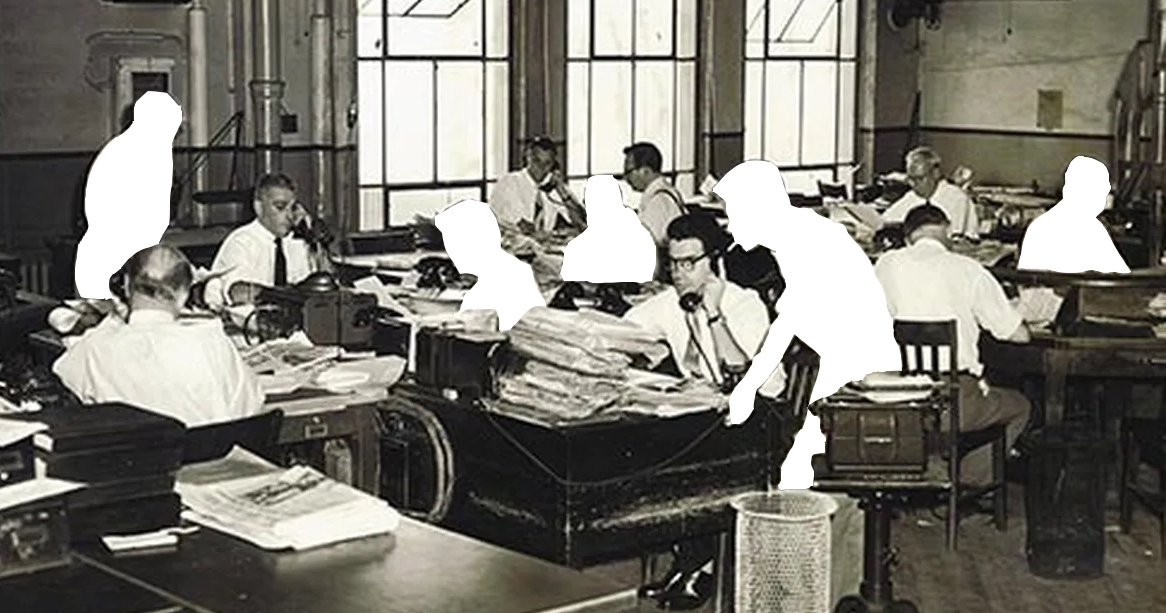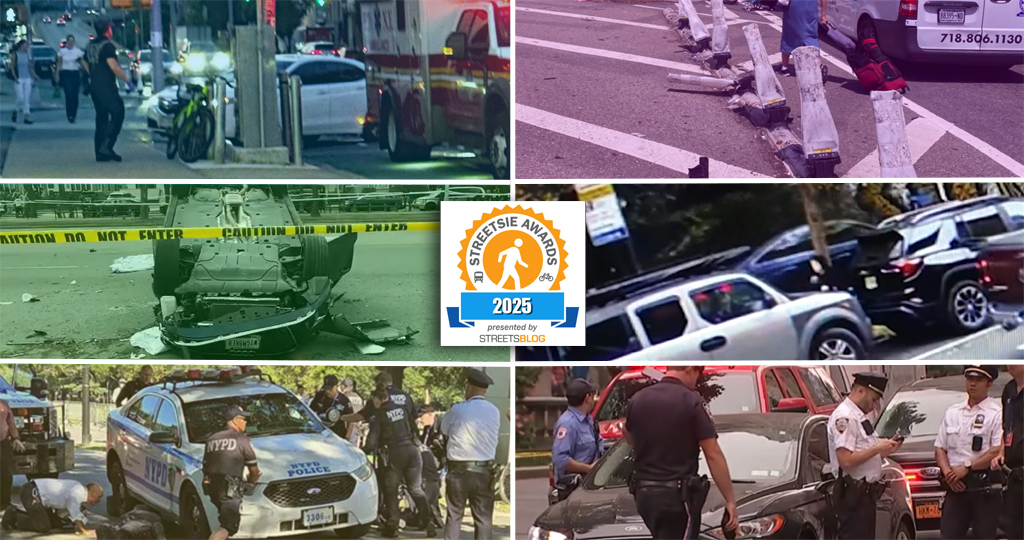Two-thirds of America's population, and more than three-quarters of its economic productivity, come from major cities. So why did the Obama administration's economic stimulus law end up giving metropolitan areas the short end of the stick?
Harry Moroz of the Drum Major Institute attempts to answer the question this week in a new article for The Atlantic. Talking with mayors from around the country, Moroz heard deeply felt frustration from mayors in both parties about the decision to route stimulus money -- particularly for transportation -- through state capitals rather than cities:
During the bill’s conception, mayors stressed that a state-focusedstimulus would bring slow, inefficient results, and that more jobscould be created if money were funneled directly to urban areas. In a report issued last winter,the U.S. Conference of Mayors listed more than 15,000 “ready-to-go”projects that could provide 1.2 million new jobs in just two years.
So what happened, exactly? “I think we were listened to,” saysStamford, Connecticut, Mayor Daniel Malloy, who will run for governorof his state as a Democrat in 2010. “I just think we were then ignored.And I don’t think we were necessarily ignored by the president. I thinkwe were ignored by the Congress.”
Congress' move to "ignore" city leaders, as Malloy put it, is all the more surprising considering how many senior Democrats hail from urbanized regions: think San Francisco, New York City, and the Washington D.C. area.
But no one can accuse the nation's mayors of failing to speak up. In a February letter to Transportation Secretary Ray LaHood [PDF], 20 city chiefs urged that stimulus funding formulas send transportation aid to metropolitan planning organizations (MPOs) from regions with more than 200,000 residents as well as to state DOTs. Their pleas were not heeded, however, and cities ultimately paid a price.





